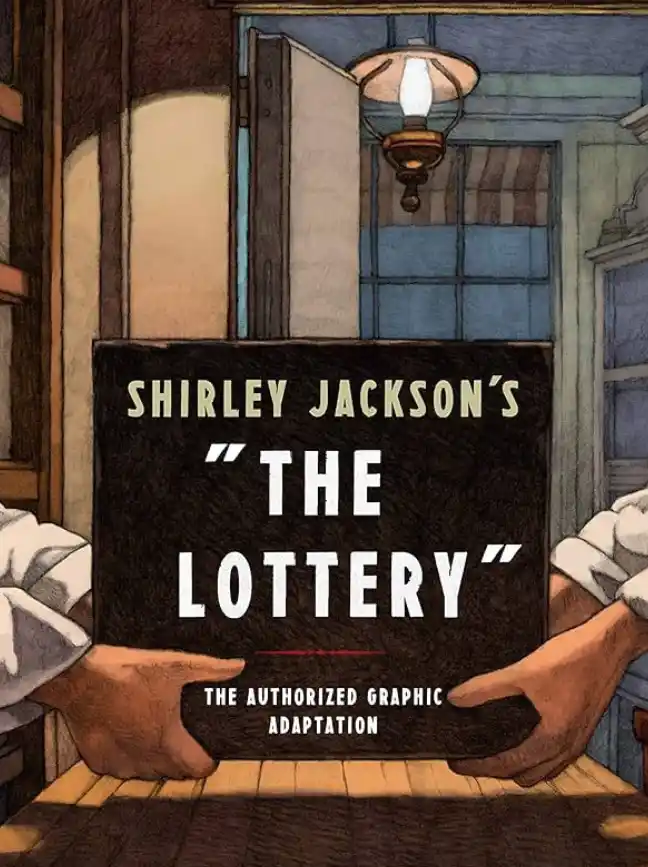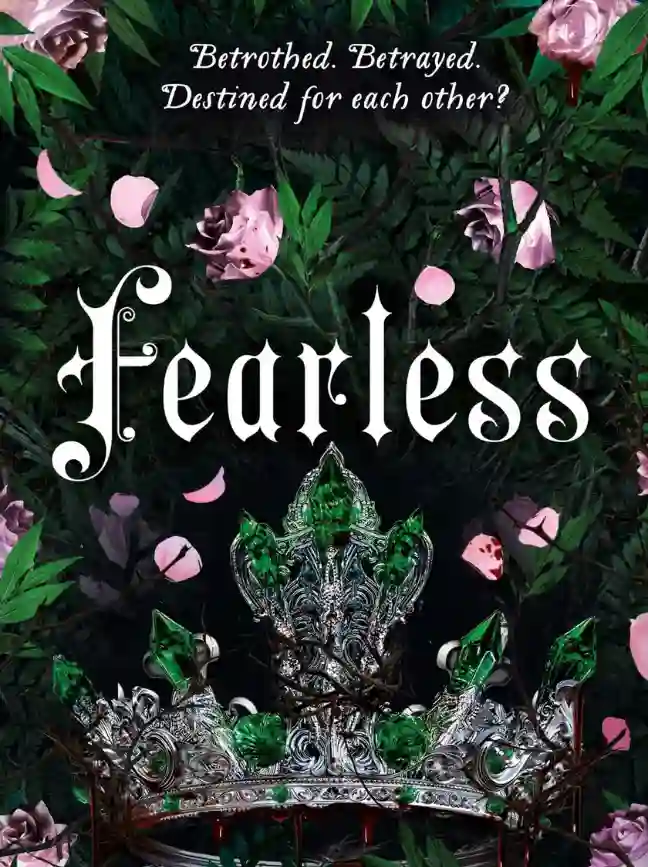When I first read Wuthering Heights at the age of twelve I was confused, affronted even, by its failure to conform to my expectations. The opening pages introduced a narrator whom I could not like, let alone trust; its tone disturbed me; and Heathcliff had none of Laurence Olivier’s seductive charm.
My preconceptions had, Of course, been unwittingly formed not by the book itself but by the classic 1939 Hollywood film and the popularly held but misleading assumption that Wuthering Heights represents the locus classicus of bodice-ripping romantic fiction. Looking back, I seem to have made an error as comical as that of Emily Brontë’s Lockwood when, in Volume I, Chapter II, he mistakes a pile of dead rabbits for his hostess’s pet cats. What I found was infinitely more unsettling than what I had expected, and it changed my attitude to reading. Up until then, books had been a source of uncomplicated, escapist pleasure. Here, instead, was one that put me in a state of alert anxiety and bafflement.
Emily Brontë’s masterpiece must be one of the most frequently adapted novels in the canon. Its wide dissemination has given it the status of a modern myth, and it has inspired films and plays, sequels and poetry, an opera, a musical and a number one pop song. Yet many of these reinterpretations have been bent on normalizing what is, as Pauline Nestor points out in her Introduction, a radically transgressive book. Cathy and Heathcliff’s mutual passion may have become a byword for the archetypal love affair. But it is, in fact, a quasi-incestuous, oddly unerotic relationship, more Romantic than romantic, which threatens to undermine certainties as basic as that of individual identity.
The fact that Wuthering Heights has attracted so many layers of cultural accretion can be seen as a response to its unsettling nature. It is a book that generates tensions – between dream and reality, self and other, natural and
supernatural, realism and melodrama, structural formality and emotional chaos – but leaves them unresolved. This lack of resolution is, perhaps, what makes it so haunting. But it has also provoked an unacknowledged drive among critics, biographers and adaptors to pin it down, control it, or explain it away.
The idea that Wuthering Heights needs taming has been around from the moment it was published, pseudonymously, in 1847. Though some of the early critics admired its power and originality, all found it strange, and many were disgusted by its scenes of cruelty and rejection of conventional morality. More significant for the subsequent reputation of the novel and its author were the ambiguous and contradictory comments made by Charlotte Brontë in the ‘Biographical Notice’ and ‘Preface to Wuthering Heights’, which she published in 1850 after Emily’s death.
Charlotte presented her remarks as a demystifying exercise: she was, for the first time, revealing to the public the real identity of ‘Ellis Bell’. But rather than offering unvarnished facts, she created a legend. Like many who came after her, she responded to the discomfort created by Wuthering Heights by taking refuge in myth.
Instead of acknowledging Emily’s intellectual sophistication, she presented her as a simple country girl, who was not ‘learned’ and had written a shocking book as a result of naïvety rather than knowingness. Disingenuously, she presented their home as an isolated and uncivilized wilderness peopled by ‘unlettered moorland hinds and rugged moorland squires’. In fact, the industrial township of Haworth was much less cut off culturally than she implied, and Emily was a highly, if haphazardly, educated woman. Yet if Charlotte’s romanticization of Yorkshire life was designed to appeal to the sympathies of the London literary world, her need to mythologize her sister was not simply a question of public relations.
Charlotte seems to have been genuinely troubled by Emily’s rebellious imagination. She had always felt an ambivalent urge both to protect and to control her beloved but often recalcitrant younger sister. In the Preface she wants both to heroize her (‘stronger than a man’) and to infantilize her
(‘simpler than a child’). What she cannot do is to accept Emily as a conscious, adult artist in control of her own creation. She cannot bear to think of her as responsible for the ‘unredeemed’ figure of Heathcliff, so she takes the responsibility away, presenting Emily as an unthinking vessel through which ‘Fate or Inspiration’ pours.
Though Charlotte had intended to rescue her sister from critical opprobrium, her words would have an equivocal effect on Emily’s reputation. It would take a long time for critics to stop regarding Wuthering Heights as the flawed product of a childish mind or the mystic ramblings of a moorland sibyl. Reluctance to believe that it was the work of an innocent young woman even led to the apocryphal claim that Branwell Brontë, rather than Emily, had written it.
In fact, the literary features that make the novel so uncanny are not simply freakish but can be analysed, culturally, through its relationship to Romanticism. But even after Mrs Humphry Ward first formulated this view a century ago, popularizers of the Brontë legend continued to seek the answer to Emily’s riddle in sentimental or sensational claims about mystery lovers and supernatural visitations. Like the Hollywood love-story versions of her novel, these provided an easy answer to her uneasy legacy.
We can never, in a sense, finish reading Wuthering Heights. Yet in the century and a half since it was written, it does seem that progress has been made in critics’ willingness not only to recognize its brilliance but to live with – and even celebrate – the discomfort it arouses. Since my first, confused attempt, I have reread it many times, and have been helped in my reading by the work of many modern critics. But in some way, that immature first exposure had a raw quality that I look back on with nostalgia as well as amusement. It shattered my complacency and gave me the first hint that great literature was as much about questions as about answers. In Chapter 9, Cathy tells Nelly Dean, ‘I’ve dreamt in my life dreams that have stayed with me ever after, and changed my ideas; they’ve gone through and through me, like wine through water, and altered the colour of my mind.’ Wuthering Heights is just that sort of dream.
Lucasta Miller







